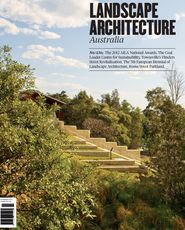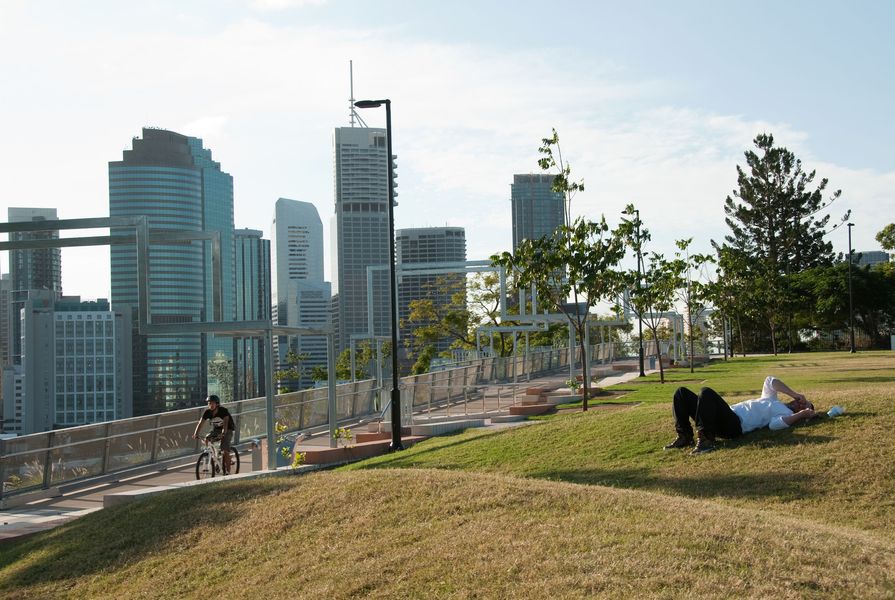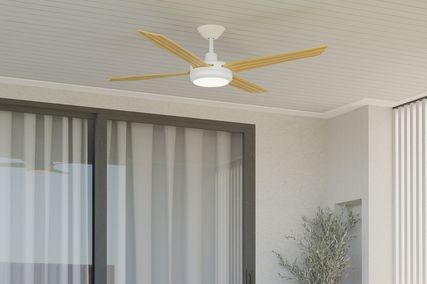Every landscape will only improve with time: trees will mature, creating shade, vines will climb, forming a screen, flowers will bloom, filling the air with their sweet scent, and people will experience a space and imbue it with their memories. But in the beginning, before all this happens, our landscapes are often barren.
The Green Room and Afforest are two land art pieces at Kangaroo Point Park in Brisbane by Nicole Voevodin-Cash, a Maroochy land artist, that go a long way towards improving and enriching the area. The Green Room, located at the entry to the park, is a striking, rippling mass of mounded grass intersected by a winding path and stone retaining walls, which seem utterly pristine when compared to the aged, eroded stone cliffs of Kangaroo Point. The scale of the mounds creates a playful experience. Voevodin-Cash describes experiencing her works as akin to being in a room, because they bring people together to play, interact and relax.
At the opening of the park these mounds were covered with blue beach umbrellas: the scene called to mind Christo and Jeanne-Claude’s famous The Umbrellas installation, but on a much smaller scale. The umbrellas could have been iconic if they had been kept there, and it is a great shame that they have not been continued. Surely the council-owned cafe could have installed and packed them away every day, much like the deck chairs placed around South Bank in Brisbane.
It is much more difficult to define where Voevodin-Cash’s Afforest begins and ends. The work includes a “forest” area at the edge of the park and a vegetated arbour at its spine, which at the moment seem cold and urban, as the vines have only begun to creep up the sides and the trees planted are juvenile and gaunt. The forest section includes Wollemi pine, hoop pine, cycads and kauris, which were selected to mark Queensland’s 150th anniversary and to be a visual reminder of the state’s progress. As these grow, they will become iconic visual landmarks on top of the highest point on the Kangaroo Point cliffs, and will be there for at least the next 150 years.
Source

Discussion
Published online: 19 Apr 2013
Words:
Amy Grey
Images:
Courtesy of Nicole Voevodin-Cash,
Rod Buchholz
Issue
Landscape Architecture Australia, November 2012




















